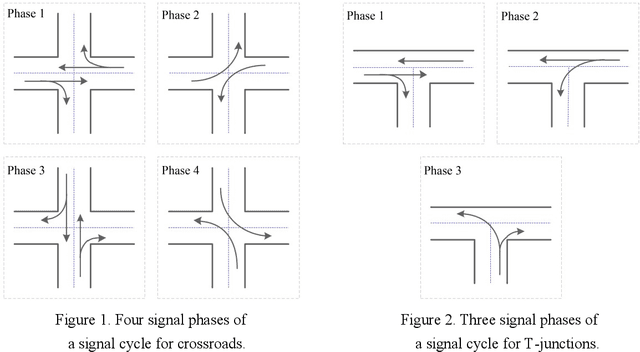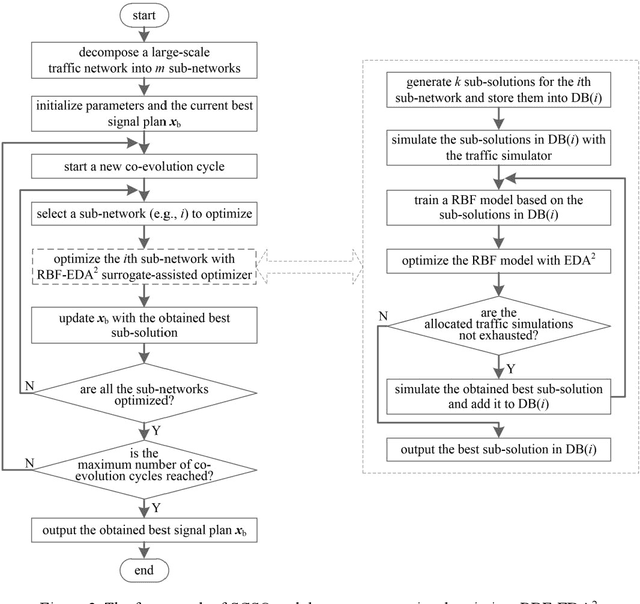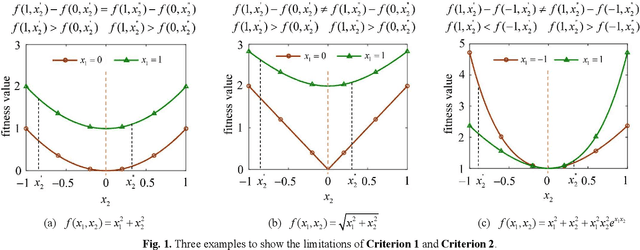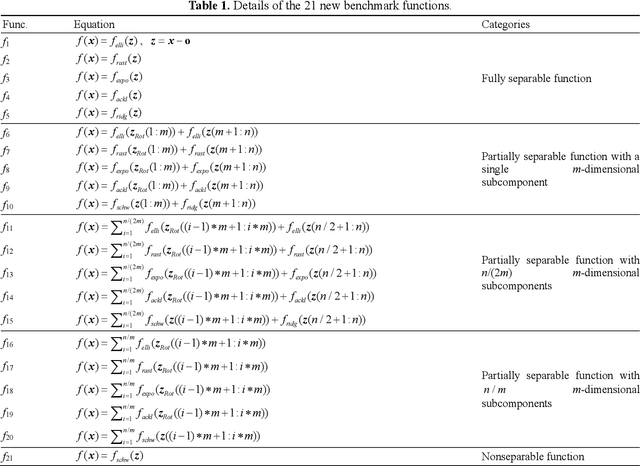Wenhao Du
Surrogate-assisted cooperative signal optimization for large-scale traffic networks
Mar 03, 2021



Abstract:Reasonable setting of traffic signals can be very helpful in alleviating congestion in urban traffic networks. Meta-heuristic optimization algorithms have proved themselves to be able to find high-quality signal timing plans. However, they generally suffer from performance deterioration when solving large-scale traffic signal optimization problems due to the huge search space and limited computational budget. Directing against this issue, this study proposes a surrogate-assisted cooperative signal optimization (SCSO) method. Different from existing methods that directly deal with the entire traffic network, SCSO first decomposes it into a set of tractable sub-networks, and then achieves signal setting by cooperatively optimizing these sub-networks with a surrogate-assisted optimizer. The decomposition operation significantly narrows the search space of the whole traffic network, and the surrogate-assisted optimizer greatly lowers the computational burden by reducing the number of expensive traffic simulations. By taking Newman fast algorithm, radial basis function and a modified estimation of distribution algorithm as decomposer, surrogate model and optimizer, respectively, this study develops a concrete SCSO algorithm. To evaluate its effectiveness and efficiency, a large-scale traffic network involving crossroads and T-junctions is generated based on a real traffic network. Comparison with several existing meta-heuristic algorithms specially designed for traffic signal optimization demonstrates the superiority of SCSO in reducing the average delay time of vehicles.
A Surrogate-Assisted Variable Grouping Algorithm for General Large Scale Global Optimization Problems
Jan 19, 2021



Abstract:Problem decomposition plays a vital role when applying cooperative coevolution (CC) to large scale global optimization problems. However, most learning-based decomposition algorithms either only apply to additively separable problems or face the issue of false separability detections. Directing against these limitations, this study proposes a novel decomposition algorithm called surrogate-assisted variable grouping (SVG). SVG first designs a general-separability-oriented detection criterion according to whether the optimum of a variable changes with other variables. This criterion is consistent with the separability definition and thus endows SVG with broad applicability and high accuracy. To reduce the fitness evaluation requirement, SVG seeks the optimum of a variable with the help of a surrogate model rather than the original expensive high-dimensional model. Moreover, it converts the variable grouping process into a dynamic-binary-tree search one, which facilitates reutilizing historical separability detection information and thus reducing detection times. To evaluate the performance of SVG, a suite of benchmark functions with up to 2000 dimensions, including additively and non-additively separable ones, were designed. Experimental results on these functions indicate that, compared with six state-of-the-art decomposition algorithms, SVG possesses broader applicability and competitive efficiency. Furthermore, it can significantly enhance the optimization performance of CC.
 Add to Chrome
Add to Chrome Add to Firefox
Add to Firefox Add to Edge
Add to Edge